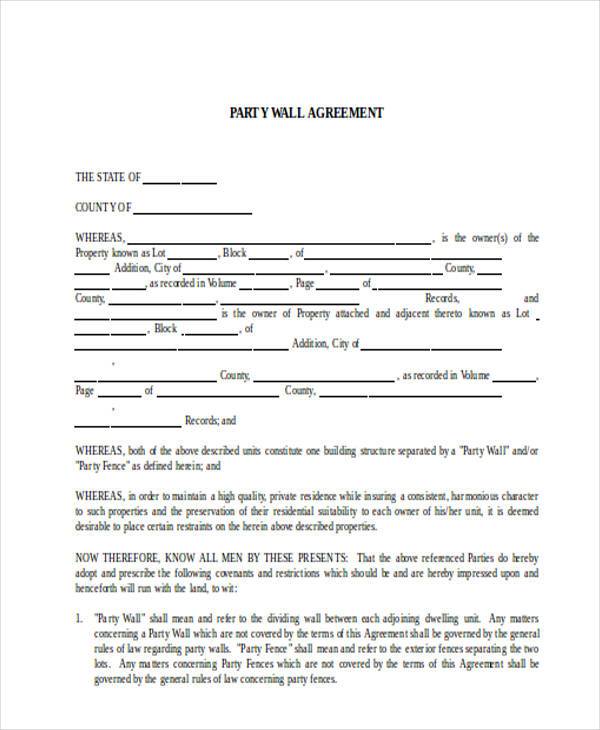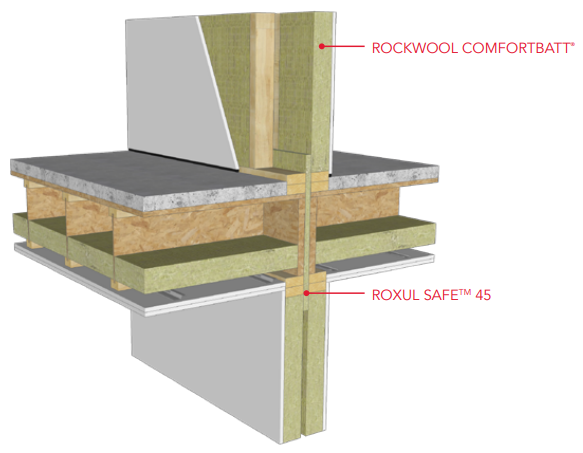
August 27, 2024
Drain Options For Retaining Walls: Protect Against Water Damage And Ensure Structural Honesty
Drain Options For Retaining Walls: Avoid Water Damage And Make Sure Structural Honesty Attending to common concerns like reducing edges in water drainage planning becomes crucial in ensuring the long-term strength of your concrete block maintaining wall surface. Laying water drainage pipelines involves placing them at the appropriate slope to facilitate water circulation. Attaching the pipelines to drainage outlets makes certain that water is routed away from the retaining wall. Protecting the pipes and testing for proper drainage before backfilling is crucial to avoid future problems.Vital Elements Of Preserving Wall Surface Drain
CB 7 Committee Green Lights Repair and Renovation Projects In Riverside and Central Parks - westsiderag.com
CB 7 Committee Green Lights Repair and Renovation Projects In Riverside and Central Parks.
Posted: Sat, 21 May 2022 07:00:00 GMT [source]

Improving Wall Surface Long Life
Every preserving wall project is special, and the water drainage remedy have to be tailored to address the details needs of the landscape. Various wall products, layouts, and site problems require a nuanced strategy to water drainage. This product helps facilitate water flow while protecting against dirt intrusion into the drain system. Hydrostatic stress describes the stress put in by a fluid due to the pressure of gravity. In the context of preserving walls, this liquid is water that has actually filled the dirt behind the wall during rainfalls or snow thaws. The accumulation of water enhances the weight versus the wall and presses versus it, which can cause bulging, cracking, or complete failure.- As formerly reviewed, weep openings play an important part in preserving efficient wall drainage systems.
- Downspout extensions are simple yet reliable options for directing rainwater away from your home's foundation.
- Professionally constructed, a preserving wall surface can be a beautiful addition to any home and landscape.
- The stability of preserving walls is seriously depending on effective water drainage to avoid hydrostatic stress accumulation.
Does a 4 foot preserving wall surface need drainage?
Any type of reinforced wall or walls over 4 ft. (1.2 m) in height or with slopes or various other additional charges above the wall will certainly require a toe drain. Initially, you can mount a perforated water drainage pipeline. This type of pipeline is set up along the within or backfilled at the end of the wall.
Social Links
